New Delhi, India, 30 March. Day five of a countrywide lockdown to tackle the spread of the coronavirus. Already, our vocabulary has been emptied, and all that remains is grim pandemic jargon: social distancing, self-isolation, ventilators, PPE, hydroxychloroquine. But there’s one term that’s grabbing a disproportionate share of headlines and nervous social media conversations: community transmission.
Read this piece in one minute.
Community transmission takes place when it is impossible to locate the source of an infection, meaning that it could have come from anywhere within the infected person’s wider community. Think of it as the virus waging guerrilla warfare wearing camouflage. In a country with 1.3 billion potential carriers, it is our healthcare system’s worst nightmare.
During the government’s daily press briefing, journalists grill senior bureaucrats whether the virus has infiltrated the community, given the growing number of cases in various pockets.
The answer is the same every day: no. Don’t panic. The community is safe.
But today, something in this predictable script snaps. Confronted once again, the bureaucrat in charge of the briefing breaks into a faint smile. “I think we should just ban the word ‘community’ from all government communication,” he says.
No one laughs.
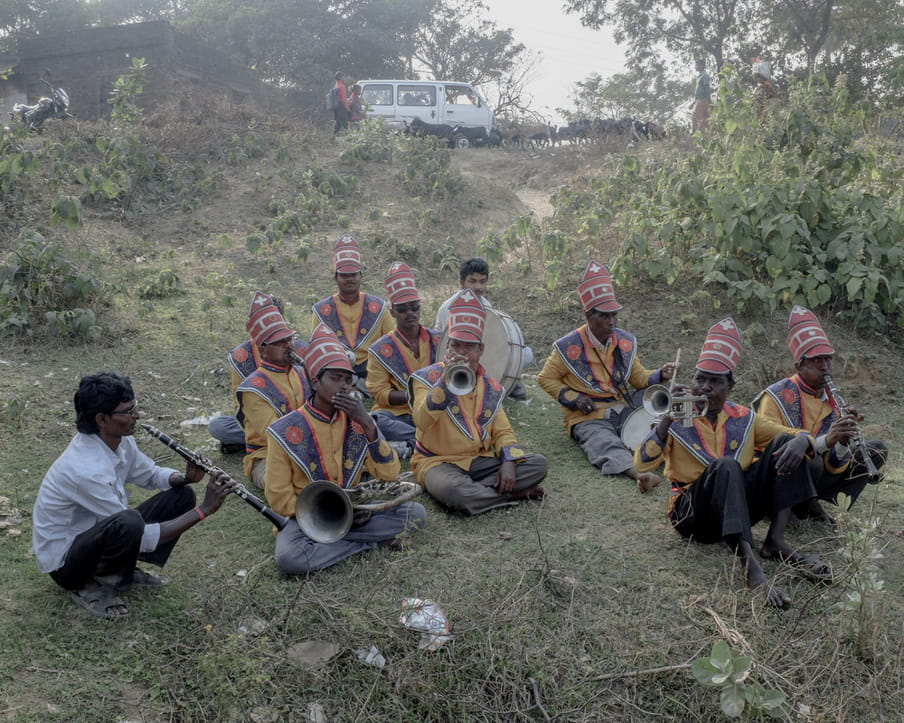
In my country, community is everything
The battle against the coronavirus in the world’s second most populous country isn’t just to prevent it from infecting individuals. A more urgent battle is afoot to stop it and everything else it carries – fear, stigma, the breakdown of trust between people, and between people and the government, the destruction of entire ways of life – from breaching the community.
The community is the beating heart of my country. For outsiders, the scale of India can be daunting, impossible to grasp. The community is the social unit that makes India real. It’s the paara where every kid is called by their daak naam. The gully where women feed the neighbourhood dogs the day’s leftovers. The redi wallas hawking vegetables at the street corner. The kirana that supplies staples to every household on credit. The milk booth where neighbours meet morning and evening. The club where jobless young boys spend their days playing carrom.
Everything and everyone in India exists in intense proximity. That is its biggest strength, but, right now, also its greatest vulnerability. Once the chain of infection takes hold of the community, it is like fighting a million bushfires at once. Losing the community to the virus means losing India.
The consequences would be disastrous. Aside from the fact that the World Health Organization (WHO) has called upon India to lead the battle against the coronavirus because of its success in eradicating other deadly diseases, the country is simply too big. The ripple effects of an unchained infection among a billion-plus people would be felt far beyond our borders.
So, the community must be protected. We must build a wall between it and the virus.
To do that, we need time.
But even more crucially, we need space.
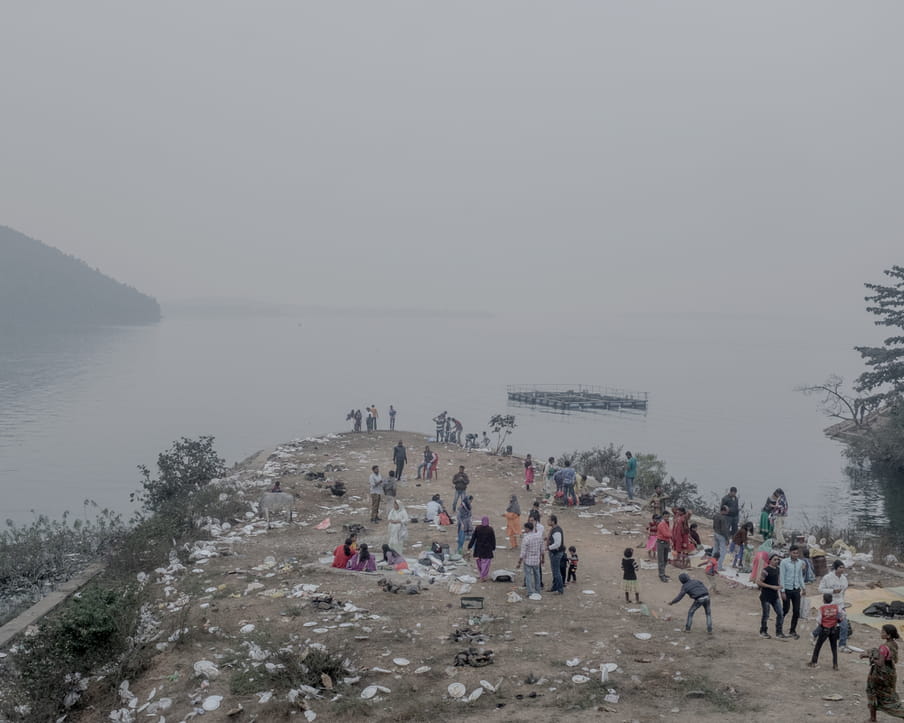

For most of India, space is an unthinkable luxury
The problem: we barely have any. In fact, "space" is almost a taboo word in India.
The key to understanding my country is to appreciate that we are such a delicate patchwork of disparate religions, languages and cultures that too much talk of space – of distance or difference – is perceived as a danger to our very integrity.
Different nations are built on different mythologies. Our defining mythology is a billion people moving forward as one inseparable, vacuum-sealed mass. This spirit is baked into the national motto that every kid is taught in school: unity in diversity.
Last month, when the prime minister appealed to the country to applaud our frontline workers, ecstatic crowds came out to the streets banging kitchen utensils, celebrating as if it were another one of India’s countless festivals, defeating the very point of social distancing. This is our default mode: together, rubbing body against sweaty body. By suddenly imposing the need for separation, the virus is forcing us to behave in unnatural ways – uncultural ways.
Worse, it is setting us up to chase something that just doesn’t exist for the vast majority of us.
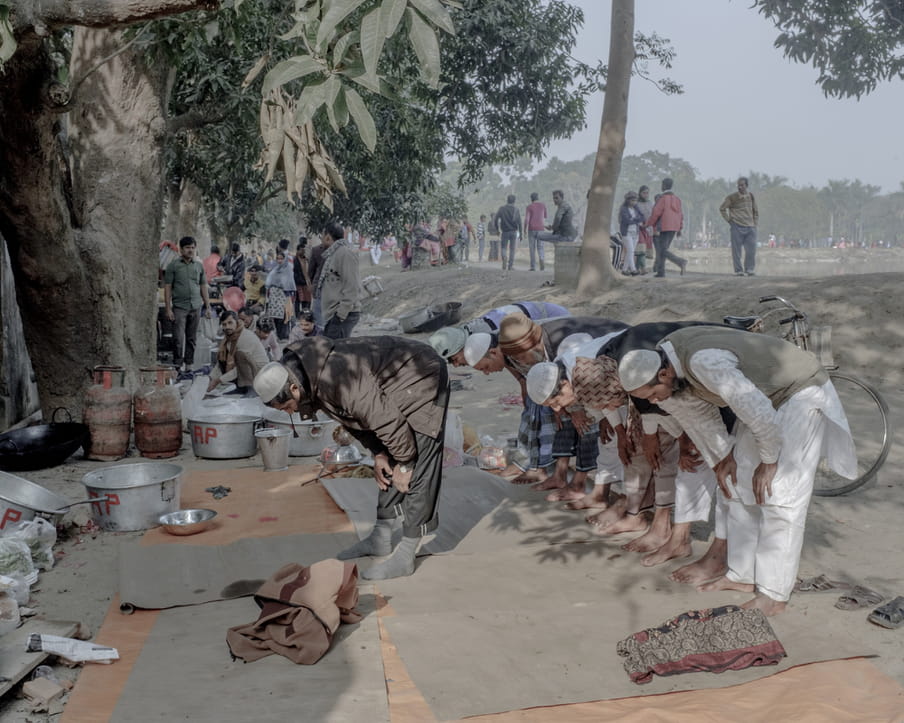
By 2027, India’s population will likely overtake China’s. Even if you aren’t among the 1.77 million Indians without a home, chances are the concept of personal space is alien to you. A vast section of the Indian population has less space per capita than is recommended for the country’s prison cells. Life gets more and more cramped as you go down the caste and socio-economic ladder. The poorest 20% of the country have access to per capita living space of just over 7sq metres in rural areas and just under 7sq metres in urban areas. (FYI: A jail cell requires a ground area of 8.9sq metres.)
According to the last census held in 2011, on average, an Indian household includes 4.8 members. But nearly 73% of households either have no exclusive room or a maximum of two rooms. Within the largest household unit tracked in the census – those with nine members or more, making up almost 7% of the total number of households in the country – 44% make do with zero to two rooms.
The jostle for space, the need to squeeze in two where one can barely fit, spills over into our public spaces. It is such a permanent reality in our bazaars, in our trains and our buses, that the quintessentially Indian icebreaker is simply: “Kindly adjust.”
Since the liberalisation of the economy in 1991, the fierce intimacy has diluted somewhat at least in our cities. Some of us have shifted to gated communities from mohallas. We shop in malls instead of bazaars. But for most of India, space is still an unthinkable luxury.
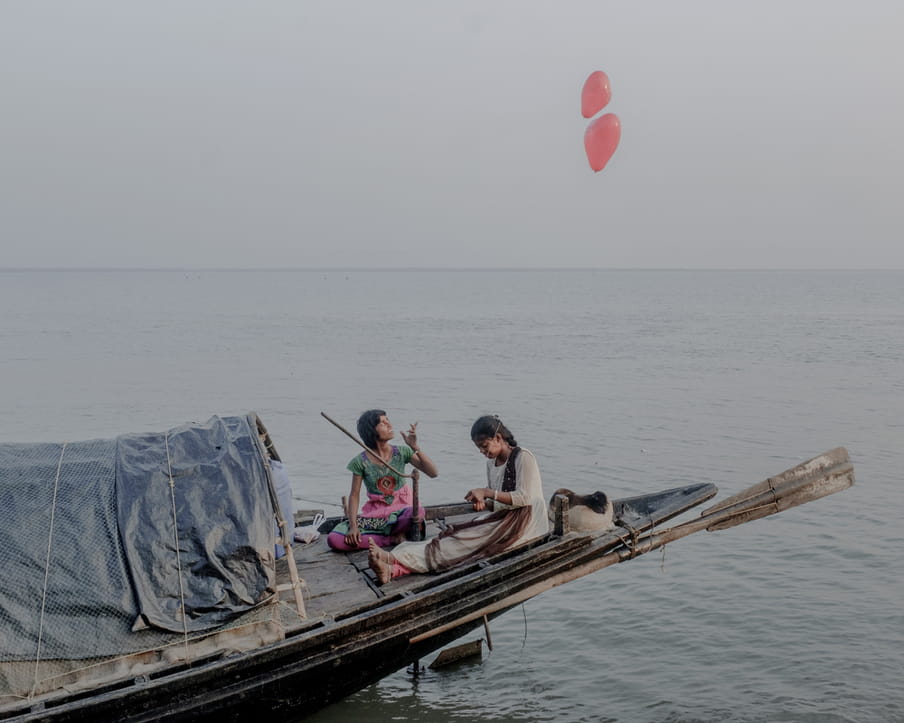
The community versus the individual
So, what happens when a country like this suddenly gets desperate for space? When you are constantly reminded that withdrawing from public spaces and maintaining distance from others is right now your greatest civic duty – a supreme act of patriotism and service to the community?
Generations of Indians have been conditioned to believe that there’s no bigger honour than sacrificing personal autonomy at the altar of the “greater good”. This is the moment when that conditioning ought to kick in. If it doesn’t, you can be made to fall in line and made an example of.
Over the past few days, as the government has gone about strictly enforcing the lockdown on a woefully unprepared population, India’s private citizens have repeatedly found themselves shouldering the burden of protecting the community at crushing personal cost. While the WHO has lauded India’s efforts as “comprehensive and robust”, many argue that the state has used heavy-handed force to ensure compliance with the world’s most sweeping Covid-19 lockdown.
Those who simply can’t afford to retreat into isolation – the country’s teeming migrant workers, daily wagers, even doctors – have been beaten up by the police.
In several places across the country, local governments have put up stigmatising stickers outside the houses of quarantined people.
In Mumbai, people on home quarantine have had their arms stamped with the line: “Proud to protect Mumbaikars.”
In Bengaluru, the names, addresses, even passport details of those in quarantine were allegedly made public by the government in a bid to “discipline” rule breakers.
In Delhi, the government has handed over the mobile numbers of thousands of quarantined people so that the police can track them.
It’s not always the government doing the enforcing. In Hyderabad, a man under home quarantine was locked up inside his house by his neighbours because they suspected he was planning to step out.
While surveillance succeeded in slowing down the pandemic in South Korea, the fear and the stigma in India are congealing into a frightening mental health crisis. A spate of suicides has already been reported.
As always, the greatest indignities have struck the poorest. In Madhya Pradesh, a policewoman inscribed on the forehead of a labourer out on the streets: “I have violated lockdown, stay away from me.” Stranded in our cities with no money, no food, no shelter, and no public transport, thousands of labourers have been forced to walk hundreds of kilometres to their hometowns, carrying their children on their backs.
Last week, when the Delhi administration announced that they would provide buses so that people can make the journey back home, bus stations were clogged with massive crowds clambering for a seat inside the vehicles or on their roofs.
When a group of migrant labourers finally managed to reach their destination in the state of Uttar Pradesh, they were herded like cattle and sprayed with disinfecting chemicals by officials wearing Hazmat suits.
As physician and bioethicist Anant Bhan put it: “The crisis has raised a critical question: what is the role of the government? The challenge for them is to figure out how to protect individuals while also saving the relatively more abstract idea called ‘community’.
What we have seen from the government response seems to be an attempt partly to shift the blame. Branding people in a way which could stigmatise and lead to discrimination is a poor way of doing public health. This kind of labelling patients or those with possible exposure to infection almost like criminals could backfire because it can push away people from reporting their illness.”


Space is a guilty desire
Meanwhile, for a section of India’s youth, the lockdown has triggered a different struggle.
In the afternoon of 26 March, the second day of the lockdown, I received a private message on Twitter from a 25-year-old man from Gujarat. He told me he was struggling to cope with life in confinement, but his problem wasn’t isolation or loneliness. It was the exact opposite.
He wasn’t the only one to report feeling this way. Last week I received several messages from friends complaining about parents driving them “up the wall”.
Unlike the western stereotype of kids packing up and journeying into the world on their own as soon as they turn 18, it isn’t unusual in India to never leave your parents’ home or stay there well into adulthood. A survey in 2016 showed that over 80% of India’s urban youth in the 22-29 age group lived with parents. Over 65% of India’s population is below 35 years of age, with an average age of about 29.
The lockdown and the overarching narrative of placing “the collective before the individual” has pushed many in this burgeoning group into feeling stressful, confusing emotions about the need for personal space.
As a culture, Indians have always looked at the concept of space very critically, says psychotherapist Meghna Mukherjee. Engagement is the norm, and demanding personal space is tainted as egocentric – a guilty indulgence. As a result, millennials in India have a complicated relationship with space. They are vocal about the need for it, but are still trapped in families where asking for space is labelled selfish – an affront against the traditional idea of the “good Indian”.
Now, with the state itself mandating social distancing as the ultimate moral behaviour, maybe they will finally learn to experience personal space guilt-free.
Meanwhile, for others, it will be the familiar feeling of “adjusting” to whatever tiny space is handed to them, stretched over an anxious, uncertain future.
All in the name of community.
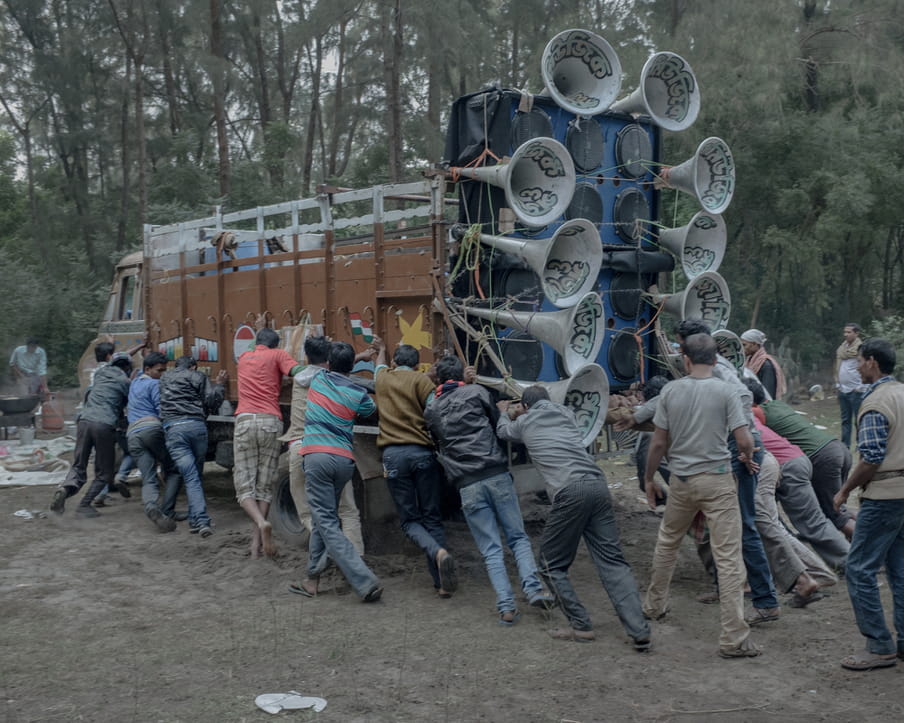
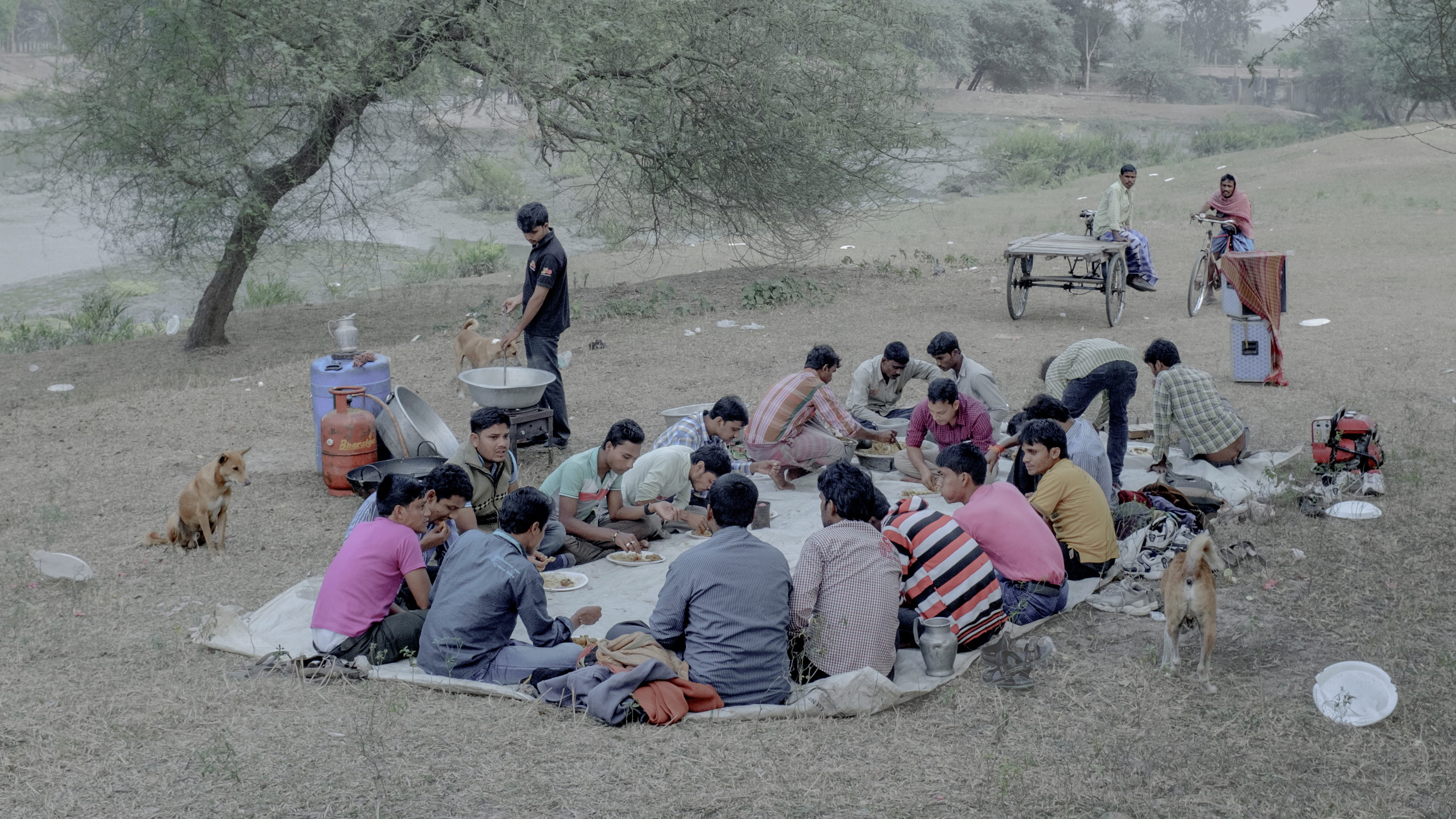 About the images
In his series PIK-NIK (2013-2015) Indian photographer Arko Datto captures and explores the tradition of picnics and communal life in eastern India, which are far from a simple affair. Large groups of people get together, hiring busses and cooks to facilitate the events, preferably around the innumerable rivers traversing the landscape, from the Ganges downstream to the Rupnarayan, Icchamati and myriad other tidal rivers close to the Sunderbans. The extravagant loudspeakers and open-air-cooking that come with nearly every one of these social occurrences, are photographed by Datto so dynamically it almost feels like you’re able to join in the festivities. (Lise Straatsma, image editor)
About the images
In his series PIK-NIK (2013-2015) Indian photographer Arko Datto captures and explores the tradition of picnics and communal life in eastern India, which are far from a simple affair. Large groups of people get together, hiring busses and cooks to facilitate the events, preferably around the innumerable rivers traversing the landscape, from the Ganges downstream to the Rupnarayan, Icchamati and myriad other tidal rivers close to the Sunderbans. The extravagant loudspeakers and open-air-cooking that come with nearly every one of these social occurrences, are photographed by Datto so dynamically it almost feels like you’re able to join in the festivities. (Lise Straatsma, image editor)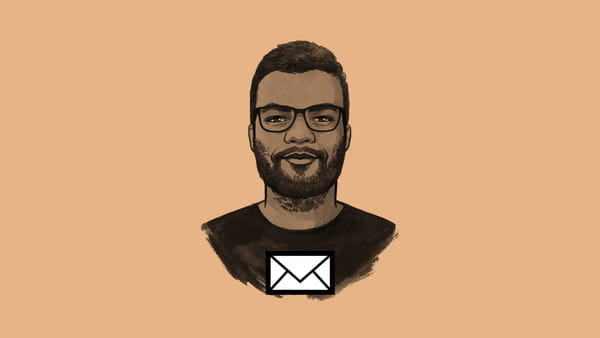 Want to stay up to date with my work as Sanity correspondent?
Subscribe to my weekly newsletter where I dismantle myths around Sanity, discuss the best ideas from our members, and share updates on my journalism.
Want to stay up to date with my work as Sanity correspondent?
Subscribe to my weekly newsletter where I dismantle myths around Sanity, discuss the best ideas from our members, and share updates on my journalism.
Dig deeper
 Why social distancing won’t work for us
Keep a distance from each other. Work from home. Or rely on a social safety net. The measures against the coronavirus pandemic are made by and for those parts of the world that can afford to retreat in individualism. But for millions of people in cities like Lagos, Nigeria, there’s no such thing as socially distancing yourself.
Why social distancing won’t work for us
Keep a distance from each other. Work from home. Or rely on a social safety net. The measures against the coronavirus pandemic are made by and for those parts of the world that can afford to retreat in individualism. But for millions of people in cities like Lagos, Nigeria, there’s no such thing as socially distancing yourself.


